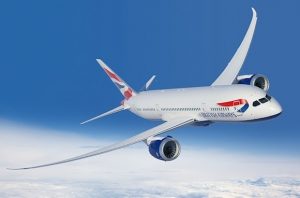When it first launched, and even before that, there were hiccups with Boeing’s 787 program. Many people will recall the battery issues and production delays.
But that’s all behind us, and the 787 is truly a revolutionary plane.
The more you fly, especially on long flights, the more you notice the differences not just in cabin service but in the planes themselves. Every commercial aircraft model does some things better than others. The behemoth and unlovely Airbus A380 super jumbo, for example, rides more smoothly through turbulence than its smaller A321 cousin, and inside the cabin it’s eerily quiet thanks to quieter engines and better soundproofing. But having recently completed several long-distance trips on the Boeing 787 Dreamliner I think I will seek it out from now on, whenever possible.
My trips included a flight on a British Airways 787-9 from London to Austin, a 10-hour flight and a longer one on Norwegian from Los Angeles to London on a 787-8 and I loved every minute, mostly because I was better able to sleep. The seats in BA’s World Traveller Plus (premium economy) were nicely padded and offered plenty of legroom and knee room, but the real show goes on in this plane’s newly designed first class with its huge lie-flat seats and enormous 23-inch video monitors. Norwegian’s 787 premium economy was also surprisingly comfortable, and I slept for a good six hours on my 11-hour flight.
Why do I love the 787?
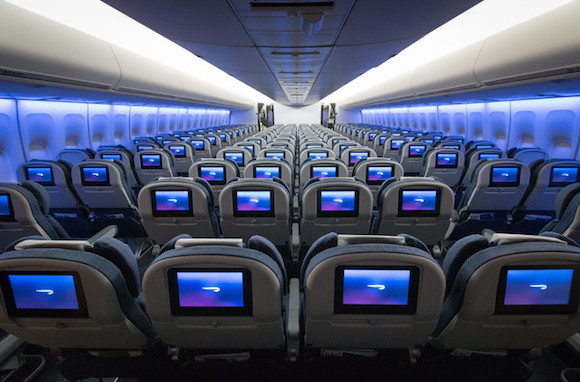
Wide open spaces
The bigger windows and higher ceilings are the first things you notice when boarding. If you feel at all claustrophobic when flying, the spacious 787 cabin can help. Speaking of extra space, the big overhead bins mean you’ll find room for your carryon. Excellent design choices all around.
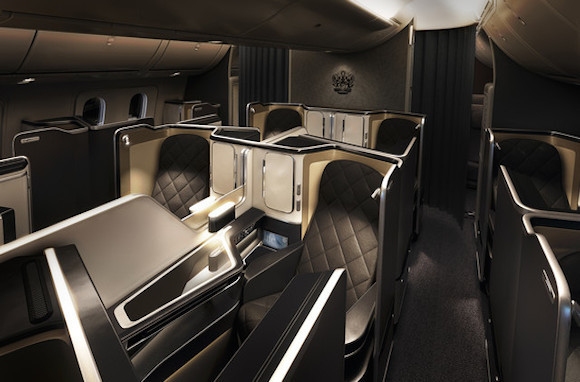
Better sleep on long flights
Because the 787 is pressurized at about 6.000 feet rather than 8,000 feet, you’ll breathe easier. More oxygen in your lungs means better sleep, less chance of headache, no difficulty breathing (flying at altitude is like sleeping at a ski resort). And because it’s made of composites rather than aluminum Boeing can humidify the air more than in other planes (humidity doesn’t affect plastic the way it does metal). So your contacts and nasal passages won’t dry out as easily. Easier breathing and less irritation result in better sleep, and possibly less jet lag.
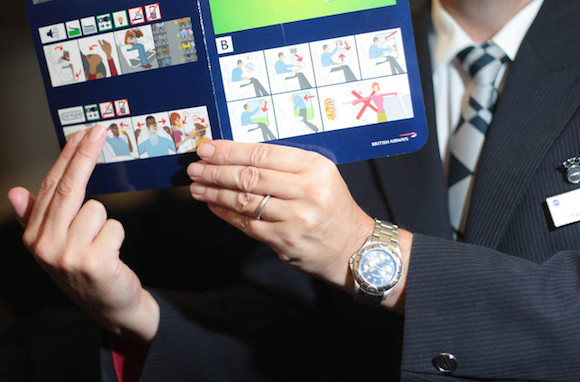
You can hear announcements
The 787 also has better cabin speakers so the public address system is easier to hear and understand.
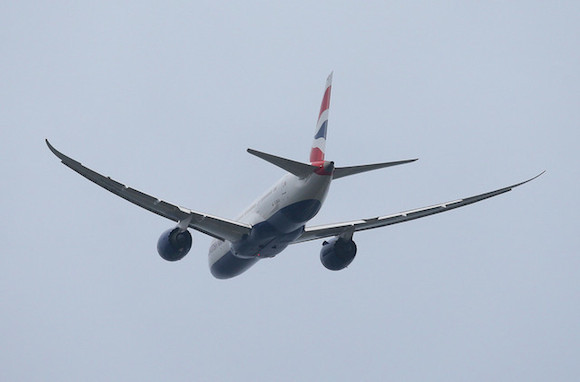
It’s a smooth ride
Boeing designed software to mitigate things that go bump in the flight. Its “gust suppression system” works with sensors and the rudder and flaps to reduce turbulence. If you get a chance, compare the ride on American’s A321T (trans-con) planes, which I fly frequently between New York and LA. I love that new plane but it can be a bumpy ride over the Rockies, the Great Lakes, and other areas known for air turbulence.
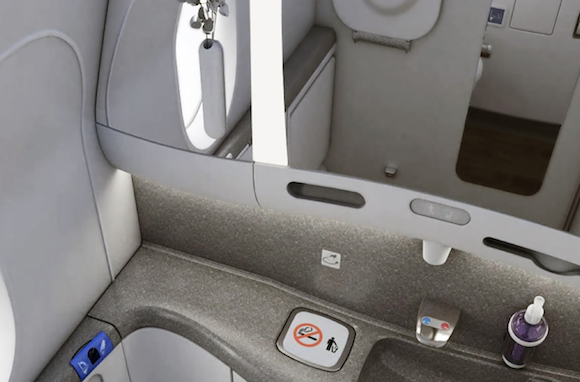
Better lavatories
Little things matter. The lavs in the 787 have motion-activated taps and flush, a self-closing toilet seat, and tabs on the seat to make opening it easier.
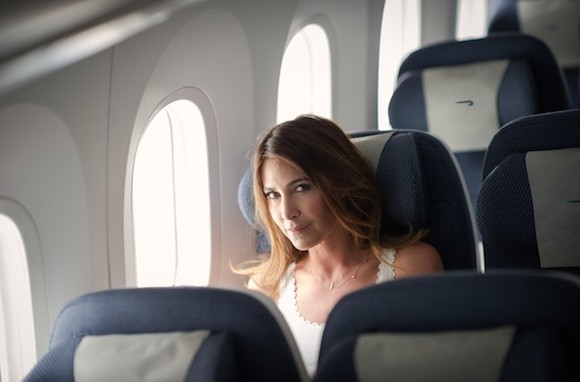
Those window shades
Electronic window shades might seem like a gimmick, but they allow the flight crew to darken all the windows centrally, preparing the entire cabin for sleep. And yes, they’re pretty cool technologically as well.
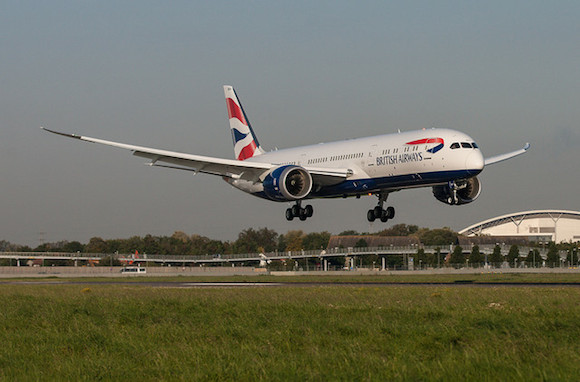
It’s just a very pretty plane
And let’s face it, looks matter. The Airbus A380 is a very quiet, smooth-riding aircraft, but it’s never going to win kudos for looks. The 787, however, especially the 787-9, which is 20 feet longer than the original 787, is just a gorgeous craft, with its sweptback wings and sleek lines. I imagine the forthcoming 787-10 will look even more svelte.
One quibble, some airlines order their 787s with individual overhead air vents (airplanes are offered with options just like cars); but others don’t. I like controlling the air flow myself.
For a look at which routes the 787 currently flies, here’s a useful resource.
